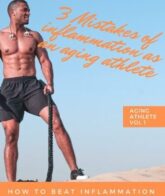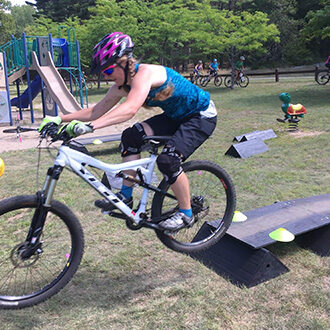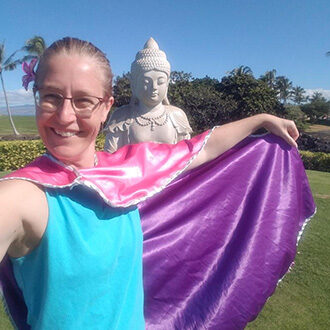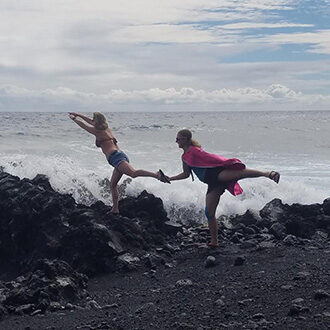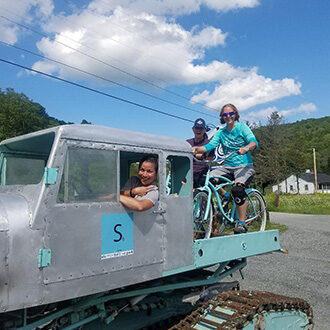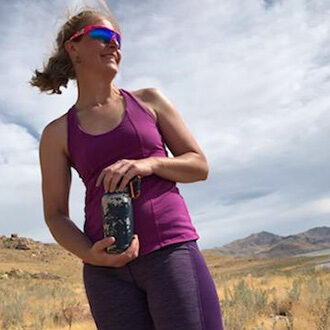Sports massages sound like physical therapy exclusively for athletes and professional sports-people when quite the contrary is true. This type of massage is widely available to everybody. Whether you’re someone with an active lifestyle, a casual walker, or someone who goes through the draining physical stressors of tough workdays, a sports massage can help you reduce fatigue, do away with muscle tension, and promote flexibility. Here are some things you should consider before jumping in.
Know the Different Massage Types
Different massage types target unique concerns, and you may be familiar with more than a few of them from spas and wellness centers. However, it’s best to be discerning and intentional with the type of massage you choose. Just because it sounds exotic doesn’t mean it will improve your endurance and strength for long-distance running. If your aim is relaxation, then Swedish and hot stone massages are excellent options. Releasing built-up tension in tight muscles will require a massage with a different technique. Sports massage can help with this by applying targeted therapeutic treatment for athletes’ unique needs to improve your flexibility, range of motion, and reduce pain.
Hydration is Key
Even the most seasoned sports and athletic champions know this rule: arrive at your therapy well hydrated. Try drinking plenty of water throughout the day before your appointment as opposed to gulping down a gallon right before starting your session. The reason water is so important is that dehydration will cause further stiffening of your muscles and fascia, resulting in a painful massage. It’s also worth knowing that massages don’t release toxins, so there’s no need to flush them out immediately following your sports massage. You can drink water as usual after your massage.
Sports Massages Are Not Spa Sessions
Part of intentional living is making informed choices for the betterment of your wellbeing, and for massage therapy treatments, that could mean choosing between a convenient spa session and a more challenging sports massage. When done right, the latter will keep you moving around, interacting physically, and teach you several exercises to continue at home to maintain the benefits of the therapy you received during the session.
Massages Aren’t Always Painful
Some might associate massage therapy with pain in order to produce results. Therapy is considered successful when your body does not resist the therapist. Sports massages are muscle-specific, so your therapist doesn’t need to exert much pressure to administer effective treatment. If you’re in pain during your sports massage, be sure to let your therapist know! Remember that it is your body, your session, and your outcome—approach this with utmost intentionality.
Expect Soreness
While massages don’t need to be painful to be effective, that doesn’t mean you won’t experience some kind of pain from sports massages! Soreness is very normal after these sessions, and they are important in revealing weaknesses in the body that can be targeted for strengthening in the future. The sore sensation you feel should dissipate within a couple of days after getting the sports massage, and you may just start to feel like you’re in a newer, stronger body!
Massage Therapists are Not Doctors
When undertaking physical therapy of any sort due to an injury, you must see a sports doctor before going to your massage therapist. While the latter can alleviate any soreness and inflammation in your body, problem areas that are not resolved by physical therapy should be addressed by a doctor. However, a therapist does work best with the information your MD supplies as a recovery tool.
Avoid Heavy Exercise After Massages
As active as you may want to be, heavily exercising may interrupt your body’s natural processing of the sports massage. Remember that health and wellness involves a balance between work and rest, so it’s best to wait until the next day to exercise. Using your intention with massage may affect the timing of your massages within your training schedule. For example some are more recovery base where others are reconstructing your tissues to have a higher performance function. Light movement is recommended after massage to keep circulation going within the body.
Conclusion
Anybody who experiences the daily physical stressors of working and living can benefit greatly from a sports massage. By understanding what you can expect from this type of therapy, you can enjoy its benefits more fully and prepare for the actual process. The next time you feel severe tension in your neck and shoulders or cramps in your legs, then it might be an opportune time to get a sports massage.
We offer massage therapy techniques to clients from all walks of life, including sports massage, reflexology, deep tissue, pregnancy, and more. For personalized coaching to complement your active lifestyle, choose one of our programs!


